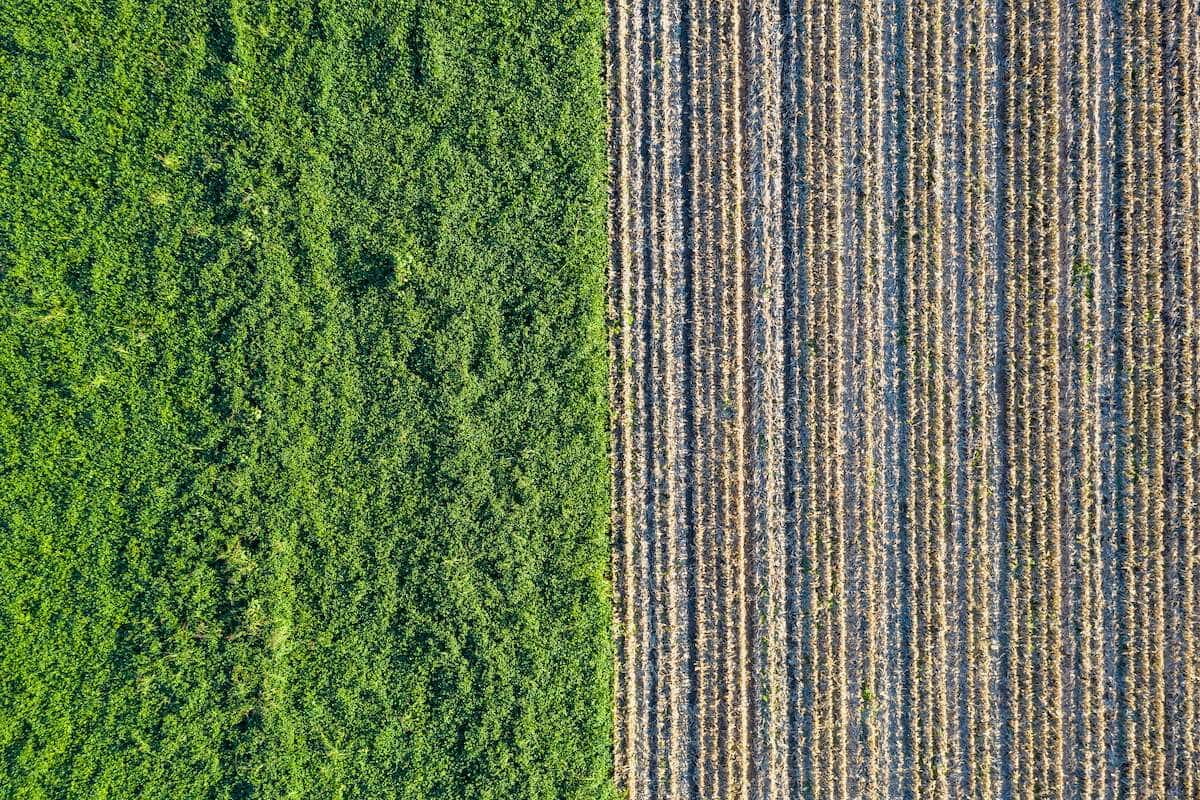
Increasing business, consumer and regulatory pressures are accelerating the drive for sustainable materials. The plastics and polymer industries are no exception, as the use of natural bio-based monomers derived from renewable biomass resources increases.
Despite the large variety and diversity of bio-based monomers that may offer better performance attributes over more traditional petroleum-based materials, hydrocarbons continue to be the primary source of polymer feedstocks.
However, researchers are a step closer to understanding the mechanisms of bio-based monomers copolymerisation. Research from a team led by Jean-Baptiste Lena at Singapore’s Agency for Science, Technology and Research, Effect of anethole on the copolymerization of vinyl monomers, shows that it is possible to copolymerise trans-anethole (ANE) using specific methodologies.
Why research ANE copolymerisation?
Lena et al’s research was driven by the need to expand the application of monomers from renewable resources, reducing dependence on petroleum-based monomers. As highlighted above, there is a real market drive to introduce renewables into the polymer industry.
A derivative of β-methoxy styrene (St), which is extracted from clove, anise, thyme and cinnamon, ANE is already used in sectors such as food and beverages and cosmetics as a flavouring and fragrance. But as Lena et al note, it cannot homopolymerise because: “the 1,2-substituted vinyl structure leads to high steric hindrance”.
Despite this, ANE has the potential to be an important reagent for future biopolymers, because as Lena et al explain: “Their specific structure can lead to special properties and functions that are not present in polymers made from petroleum resources.”
The objective of the research was to build a greater kinetic and mechanistic understanding of anethole co-polymerisation with vinyl-based monomers.
Changing the addition profile encourages ANE’s incorporation
The results show that the incorporation of ANE with acrylic acid (AA) and 2-ethylhexylacrylate (EHA) co-polymers was low. Lena et al identified that ANE co-polymerisation is determined by the steric and electronic nature of the vinyl monomer.
ANE will favour electron-acceptors AA and EHA over methyl methacrylate (MMA) and St, as both the latter impact incorporation due to adverse steric and electronic effects, respectively. It was found that the low incorporation of ANE is due to it being a ‘slow’ monomer and hence faster reacting monomers, such as AA, St, EHA and MMA, will self-react.
To compensate and encourage ANE incorporation into the polymerisation, the addition profile was changed using sophisticated MAP software. Incorporation of ANE increased from 0.3% to a maximum of 41% in both EHA and St systems.
What additional factors determine incorporation levels?
ANE copolymerisation is possible with a variety of vinyl monomers. The successful mechanism is determined by many factors, which the authors have outlined in the paper using GPC and NMR data. Very precise methodology must be applied to achieve higher incorporation.
Increasing ANE incorporation into the copolymer can be improved by altering the addition and feeding regime of monomer and initiator. The feeding profile must be very carefully monitored to avoid composition drift, as the high levels of ANE can retard vinyl polymerisation (copolymerisation with ANE retards the homopolymerisation of the vinyl monomers). Using MAP software is a useful tool when predicting the optimal addition profile.
Another factor is whether the synthesis is a batch or semi-batch process. Incorporation can be improved using a semi-batch process, although Lena et al acknowledge that this results in longer reaction times. Finally, the choice of solvent has an impact.
Monomers from renewable resources are attracting increasing levels of research for many applications, ranging from cosmetics to industrial coatings. Developing methodologies that will allow the copolymerisation of bio-based monomers with common vinyl and non-vinyl monomers will become increasing important. Particularly as the polymers industry targets reducing its dependence on traditional petroleum-based monomers.